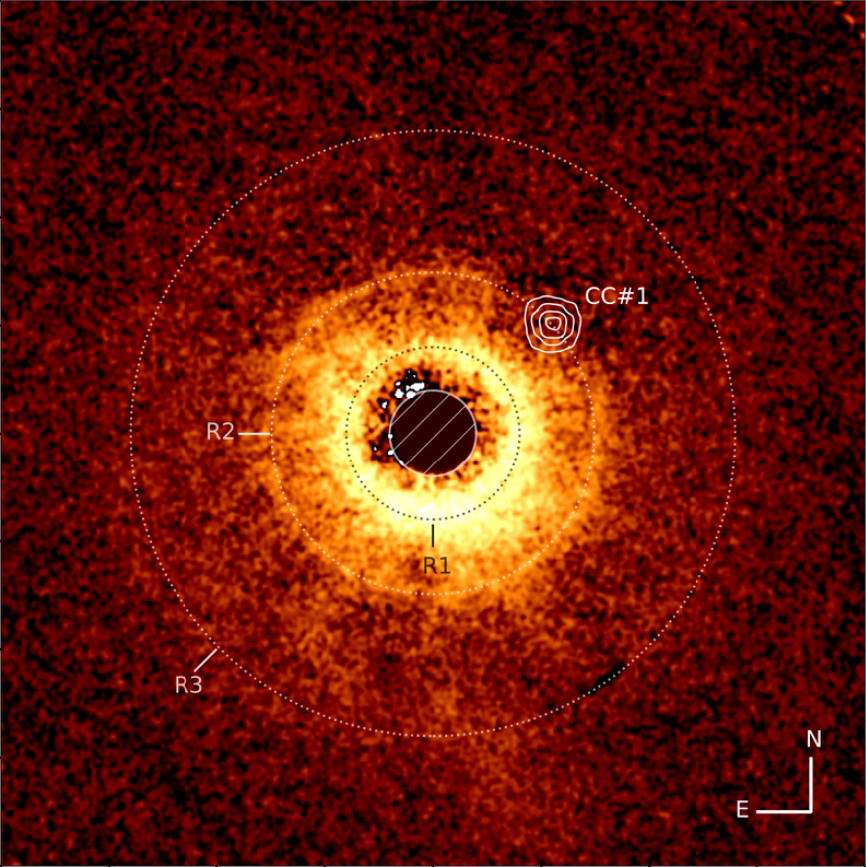The James Webb Space Telescope, launched in 2021 and on active duty since 2022, has gotten its legs viewing already known exoplanets but can now take credit for its first direct image of a previously unknown one.
Exoplanets have been detected since 1992 when two, named named Poltergeist and Phobetor, were found orbiting the pulsar PSR B1257+12.
Since then they have become key targets in astronomy, in hopes that capturing snapshots in time can help us understand how planetary systems form. Thousands have been detected indirectly but because they are less bright due to being 'drowned out' by light from their star, direct observation is a challenge. So the two most common methods of detection look for its effect rather than direct viewing. Transit photometry uses a small drop of luminosity from the star when its planet, as seen from here, is in front of it, while radial velocity detects a star’s speed variations caused by the planet’s gravitational influence.
To help, Centre national de la recherche scientifique in France developed a coronagraph attachment for the JWST’s MIRI instrument which can reproduce the effect observed during an eclipse. Such masking makes objects around a star easier to observe.
 TWA 7 from the Very Large Telescope’s SPHERE instrument with an image from JWST’s MIRI overlayed reveals the empty area around TWA 7 B in the R2 ring (CC #1). ©A.-M. Lagrange et al. / ESO / JWST
TWA 7 from the Very Large Telescope’s SPHERE instrument with an image from JWST’s MIRI overlayed reveals the empty area around TWA 7 B in the R2 ring (CC #1). ©A.-M. Lagrange et al. / ESO / JWST
With infinite stars it's necessary to find targets of opportunity so astronomers focus on younger stars where the planets are still hot and the system discs can be viewed by us 'from above' - pole on.
TWA 7 has three distinct rings, one very narrow and surrounded by two empty areas with almost no matter. JWST was able to find a source within the heart of this narrow ring - an exoplanet.
The new planet is comparable in size to Saturn, but that is 10 times lighter than those captured in previous images, and has been named TWA 7 b.